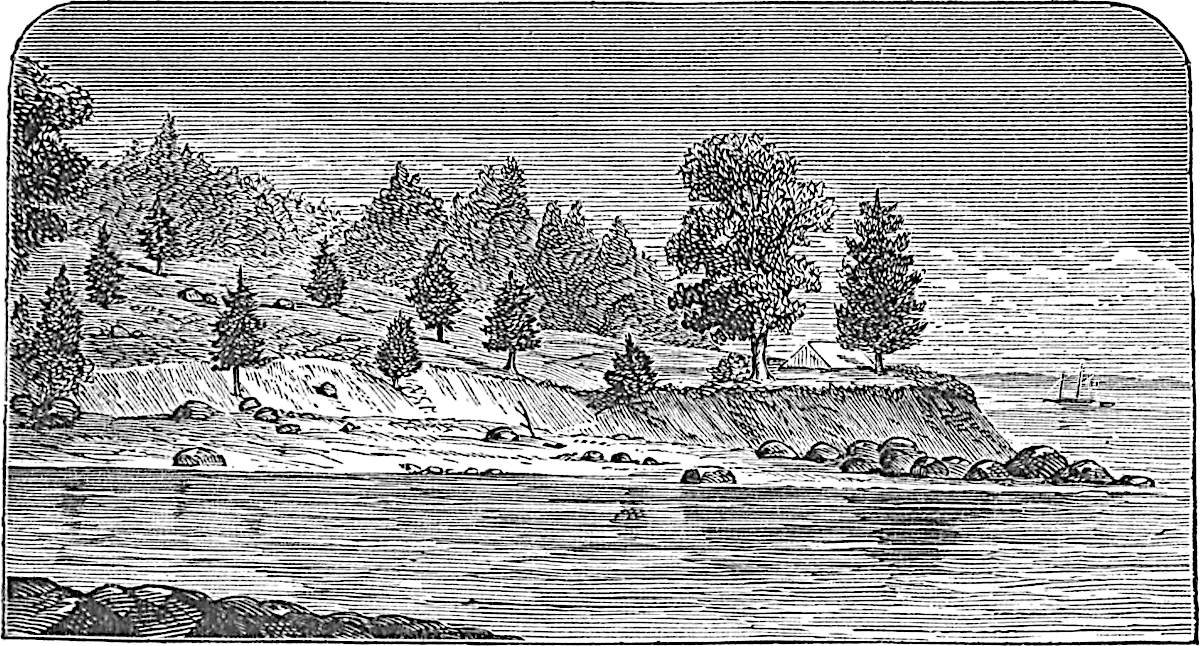1
AN
ACCOUNT OF SOME
OF THE
KJŒKKENMŒDDINGS, OR SHELL-HEAPS,
IN
MAINE AND MASSACHUSETTS.
JEFFRIES WYMAN, M. D.
ESSEX INSTITUTE PRESS.
1867.
3

I.
Any one who would take the trouble on going to a strange city, to examine the rubbish in its suburbs and streets, and carefully collect and compare the fragments of pottery, pieces of cloth, of paper, cordage, the bones of different animals used as food, worked pieces of stone, wood, bone, or metal, might gain some insight into the modes of life of the inhabitants, and form a fair conception of the progress they had made in the arts of civilization. Even after a city has become a ruin, and centuries have passed by, such examinations have been attended with fruitful results. A savage tribe, dwelling for a long period on one and the same place, would inevitably leave vestiges of the manner in which they lived, though these would, of course, be fewer in kinds just in proportion as the people were nearer to a primeval condition.
4
The former dwelling-places of the Aborigines of the United States are nowhere more plainly indicated than along the seaboard, where some of the tribes passed a portion, at least, of each year, in hunting and fishing; some no doubt living there permanently, while others, it appears, made visits only at stated periods.[1] The clam, the quahog, the scallop, and the oyster, entered largely into their food, and the castaway shells of these, piled up during many years, have not only become monuments of their sea-shore life, but have largely aided in the preservation of the bones of the animals on which they fed, and also of some of the more perishable implements used in their rude arts.
The shell-heaps on the Atlantic coast long since attracted notice. Dr. C. T. Jackson, and afterwards Professor Chadbourne, visited the remarkable one at Damariscotta, in Maine; Sir Charles Lyell has particularly described another on St. Simon’s Island, in Georgia,[2] and quite recently Mr. Charles Rau, of New York, has given a full and instructive account of the examination of another at Keyport, New Jersey.[3] We have ourselves examined two on the sea-coast of East Florida, and still others in considerable numbers on the banks of the upper St. John’s, in the same State. These last-ment